Residual Neural Networks for Origin–Destination Trip Matrix Estimation from Traffic Sensor Information
Abstract
1. Introduction
2. Background
2.1. ODE Problem
2.2. The Traffic Sensor Location Problem
3. Problem Formulation
3.1. Network Representation
3.2. Network Loading
3.3. The Objective Function
4. Methodology
4.1. Synthetic Input Data Generation
| Algorithm 1: The DRNNS complete Algorithm |
| Pre-condition: connected network (G), non-empty T Post-condition: link flows X
|
4.2. Residual Neural Networks
4.3. Sensor Location Strategy
5. Numerical Study
6. Conclusions
Author Contributions
Funding
Institutional Review Board Statement
Informed Consent Statement
Data Availability Statement
Acknowledgments
Conflicts of Interest
References
- Owais, M.; Moussa, G.S.; Hussain, K.F. Sensor location model for O/D estimation: Multi-criteria meta-heuristics approach. Oper. Res. Perspect. 2019, 6, 100100. [Google Scholar] [CrossRef]
- Owais, M.; Matouk, A.E. A factorization scheme for observability analysis in transportation networks. Expert Syst. Appl. 2021, 174, 114727. [Google Scholar] [CrossRef]
- Nie, Y.; Zhang, H.; Lee, D.-H. Models and algorithms for the traffic assignment problem with link capacity constraints. Transp. Res. Part B Methodol. 2004, 38, 285–312. [Google Scholar] [CrossRef]
- Owais, M. Location Strategy for Traffic Emission Remote Sensing Monitors to Capture the Violated Emissions. J. Adv. Transp. 2019, 2019, 6520818. [Google Scholar] [CrossRef]
- Chen, A.; Chootinan, P.; Ryu, S.; Wong, S.C. Quality Measures of Origin-Destination Trip Table Estimated from Traffic Counts: Review and New Generalized Demand Scale Measure. J. Transp. Eng. 2012, 138, 1340–1349. [Google Scholar] [CrossRef]
- Bianco, L.; Confessore, G.; Reverberi, P. A Network Based Model for Traffic Sensor Location with Implications on O/D Matrix Estimates. Transp. Sci. 2001, 35, 50–60. [Google Scholar] [CrossRef]
- Yang, C.; Chootinan, P.; Chen, A. Traffic counting location planning using genetic algorithm. J. East. Asia Soc. Transp. Stud. 2003, 5, 898–913. [Google Scholar]
- Owais, M. Traffic Sensor Location Problem: Three Decades of Research. Expert Syst. Appl. 2022, 208, 118134. [Google Scholar] [CrossRef]
- Owais, M.; El deeb, M.; Abbas, Y.A. Distributing Portable Excess Speed Detectors in AL Riyadh City. Int. J. Civ. Eng. 2020, 18, 1301–1314. [Google Scholar] [CrossRef]
- Gentili, M.; Mirchandani, P.B. Locating sensors on traffic networks: Models, challenges and research opportunities. Transp. Res. Part C Emerg. Technol. 2012, 24, 227–255. [Google Scholar] [CrossRef]
- Fu, C.; Zhu, N.; Ling, S.; Ma, S.; Huang, Y. Heterogeneous sensor location model for path reconstruction. Transp. Res. Part B Methodol. 2016, 91, 77–97. [Google Scholar] [CrossRef]
- Owais, M.; Shahin, A.I. Exact and Heuristics Algorithms for Screen Line Problem in Large Size Networks: Shortest Path-Based Column Generation Approach. IEEE Trans. Intell. Transp. Syst. 2022, 23, 24829–24840. [Google Scholar] [CrossRef]
- Salari, M.; Kattan, L.; Lam, W.H.; Esfeh, M.A.; Fu, H. Modeling the effect of sensor failure on the location of counting sensors for origin-destination (OD) estimation. Transp. Res. Part C Emerg. Technol. 2021, 132, 103367. [Google Scholar] [CrossRef]
- Yang, H.; Iida, Y.; Sasaki, T. An analysis of the reliability of an origin-destination trip matrix estimated from traffic counts. Transp. Res. Part B Methodol. 1991, 25, 351–363. [Google Scholar] [CrossRef]
- Antoniou, C.; Barceló, J.; Breen, M.; Bullejos, M.; Casas, J.; Cipriani, E.; Ciuffo, B.; Djukic, T.; Hoogendoorn, S.; Marzano, V. Towards a generic benchmarking platform for origin–destination flows estimation/updating algorithms: Design, demonstration and validation. Transp. Res. Part C Emerg. Technol. 2016, 66, 79–98. [Google Scholar] [CrossRef]
- Gaudry, M.; Lamarre, L. Estimating origin-destination matrices from traffic counts: A simple linear intercity model for Quebec. Logist. Transp. Rev. 1979, 15, 631–642. [Google Scholar]
- Lam, W.H.; Lo, H. Estimation of origin-destination matrix from traffic counts: A comparison of entropy maximizing and information minimizing models. Transp. Plan. Technol. 1991, 16, 85–104. [Google Scholar] [CrossRef]
- Cascetta, E. Estimation of trip matrices from traffic counts and survey data: A generalized least squares estimator. Transp. Res. Part B Methodol. 1984, 18, 289–299. [Google Scholar] [CrossRef]
- Spiess, H. A maximum likelihood model for estimating origin-destination matrices. Transp. Res. Part B Methodol. 1987, 21, 395–412. [Google Scholar] [CrossRef]
- Castillo, E.; Menéndez, J.M.; Sánchez-Cambronero, S. Predicting traffic flow using Bayesian networks. Transp. Res. Part B Methodol. 2008, 42, 482–509. [Google Scholar] [CrossRef]
- Castillo, E.; Menéndez, J.M.; Sánchez-Cambronero, S. Traffic estimation and optimal counting location without path enumeration using Bayesian networks. Comput.-Aided Civ. Infrastruct. Eng. 2008, 23, 189–207. [Google Scholar] [CrossRef]
- Gentili, M.; Mirchandani, P.B. Locating active sensors on traffic networks. Ann. Oper. Res. 2005, 136, 229–257. [Google Scholar] [CrossRef]
- Yang, H.; Zhou, J. Optimal traffic counting locations for origin–destination matrix estimation. Transp. Res. Part B Methodol. 1998, 32, 109–126. [Google Scholar] [CrossRef]
- Ehlert, A.; Bell, M.G.H.; Grosso, S. The optimisation of traffic count locations in road networks. Transp. Res. Part B Methodol. 2006, 40, 460–479. [Google Scholar] [CrossRef]
- Bierlaire, M. The total demand scale: A new measure of quality for static and dynamic origin–destination trip tables. Transp. Res. Part B Methodol. 2002, 36, 837–850. [Google Scholar] [CrossRef]
- Yang, H. Heuristic algorithms for the bilevel origin-destination matrix estimation problem. Transp. Res. Part B Methodol. 1995, 29, 231–242. [Google Scholar] [CrossRef]
- Maher, M.J.; Zhang, X.; Van Vliet, D. A bi-level programming approach for trip matrix estimation and traffic control problems with stochastic user equilibrium link flows. Transp. Res. Part B Methodol. 2001, 35, 23–40. [Google Scholar] [CrossRef]
- Maher, M.; Zhang, X. Algorithms for the solution of the congested trip matrix estimation problem. In Proceedings of the 14th International Symposium on Transportation and Traffic Theory, Jerusalem, Israel, 20–23 July 1999. [Google Scholar]
- Lo, H.-P.; Chan, C.-P. Simultaneous estimation of an origin–destination matrix and link choice proportions using traffic counts. Transp. Res. Part A Policy Pract. 2003, 37, 771–788. [Google Scholar] [CrossRef]
- Han, Z.; Yang, Y.; Wang, W.; Zhou, L.; Nguyen, T.N.; Su, C. Age Efficient Optimization in UAV-Aided VEC Network: A Game Theory Viewpoint. IEEE Trans. Intell. Transp. Syst. 2022, 23, 25287–25296. [Google Scholar] [CrossRef]
- Bell, M.G.; Shield, C.M. A log-linear model for path flow estimation. In Proceedings of the Applications of Advanced Technologies in Transportation Engineering, Capri, Italy, 27–30 June 1995; pp. 695–699. [Google Scholar]
- Bell, M.G.; Shield, C.M.; Busch, F.; Kruse, G. A stochastic user equilibrium path flow estimator. Transp. Res. Part C Emerg. Technol. 1997, 5, 197–210. [Google Scholar] [CrossRef]
- Nie, Y.; Zhang, H.; Recker, W. Inferring origin–destination trip matrices with a decoupled GLS path flow estimator. Transp. Res. Part B Methodol. 2005, 39, 497–518. [Google Scholar] [CrossRef]
- Nie, Y.; Lee, D.-H. Uncoupled method for equilibrium-based linear path flow estimator for origin-destination trip matrices. Transp. Res. Rec. J. Transp. Res. Board 2002, 1783, 72–79. [Google Scholar] [CrossRef]
- Chootinan, P.; Chen, A.; Recker, W. Improved path flow estimator for origin-destination trip tables. Transp. Res. Rec. J. Transp. Res. Board 2005, 1923, 9–17. [Google Scholar] [CrossRef]
- Chen, A.; Ryu, S.; Chootinan, P. L∞-norm path flow estimator for handling traffic count inconsistencies: Formulation and solution algorithm. J. Transp. Eng. 2010, 136, 565–575. [Google Scholar] [CrossRef]
- Maher, M. Inferences on trip matrices from observations on link volumes: A Bayesian statistical approach. Transp. Res. Part B Methodol. 1983, 17, 435–447. [Google Scholar] [CrossRef]
- Wei, C.; Asakura, Y. A Bayesian approach to traffic estimation in stochastic user equilibrium networks. Transp. Res. Part C Emerg. Technol. 2013, 36, 446–459. [Google Scholar] [CrossRef]
- Castillo, E.; Conejo, A.J.; Menéndez, J.M.; Jimenez, P. The observability problem in traffic network models. Comput.-Aided Civ. Infrastruct. Eng. 2008, 23, 208–222. [Google Scholar] [CrossRef]
- Castillo, E.; Jiménez, P.; Menéndez, J.M.; Conejo, A.J. The observability problem in traffic models: Algebraic and topological methods. Intell. Transp. Syst. IEEE Trans. 2008, 9, 275–287. [Google Scholar] [CrossRef]
- Castillo, E.; Gallego, I.; Sanchez-Cambronero, S.; Rivas, A. Matrix tools for general observability analysis in traffic networks. IEEE Trans. Intell. Transp. Syst. 2010, 11, 799–813. [Google Scholar] [CrossRef]
- Chen, A.; Pravinvongvuth, S.; Chootinan, P.; Lee, M.; Recker, W. Strategies for selecting additional traffic counts for improving OD trip table estimation. Transportmetrica 2007, 3, 191–211. [Google Scholar] [CrossRef]
- Fei, X.; Mahmassani, H.; Eisenman, S. Sensor coverage and location for real-time traffic prediction in large-scale networks. Transp. Res. Rec. J. Transp. Res. Board 2007, 2039, 1–15. [Google Scholar] [CrossRef]
- Fei, X.; Mahmassani, H.S. Structural analysis of near-optimal sensor locations for a stochastic large-scale network. Transp. Res. Part C Emerg. Technol. 2011, 19, 440–453. [Google Scholar] [CrossRef]
- Goswami, S.; Kumar, A. Traffic Flow Prediction Using Deep Learning Techniques. In Proceedings of the International Conference on Computing Science, Communication and Security, Gujarat, India, 6–7 February 2022; pp. 198–213. [Google Scholar]
- Lv, Y.; Duan, Y.; Kang, W.; Li, Z.; Wang, F.-Y. Traffic flow prediction with big data: A deep learning approach. IEEE Trans. Intell. Transp. Syst. 2014, 16, 865–873. [Google Scholar] [CrossRef]
- Yin, X.; Wu, G.; Wei, J.; Shen, Y.; Qi, H.; Yin, B. Deep learning on traffic prediction: Methods, analysis and future directions. IEEE Trans. Intell. Transp. Syst. 2021, 23, 4927–4943. [Google Scholar] [CrossRef]
- Guo, K.; Hu, Y.; Qian, Z.; Liu, H.; Zhang, K.; Sun, Y.; Gao, J.; Yin, B. Optimized graph convolution recurrent neural network for traffic prediction. IEEE Trans. Intell. Transp. Syst. 2020, 22, 1138–1149. [Google Scholar] [CrossRef]
- Ou, J.; Lu, J.; Xia, J.; An, C.; Lu, Z. Learn, assign, and search: Real-time estimation of dynamic origin-destination flows using machine learning algorithms. IEEE Access 2019, 7, 26967–26983. [Google Scholar] [CrossRef]
- Rao, W.; Wu, Y.-J.; Xia, J.; Ou, J.; Kluger, R. Origin-destination pattern estimation based on trajectory reconstruction using automatic license plate recognition data. Transp. Res. Part C Emerg. Technol. 2018, 95, 29–46. [Google Scholar] [CrossRef]
- Tang, K.; Cao, Y.; Chen, C.; Yao, J.; Tan, C.; Sun, J. Dynamic origin-destination flow estimation using automatic vehicle identification data: A 3D convolutional neural network approach. Comput.-Aided Civ. Infrastruct. Eng. 2021, 36, 30–46. [Google Scholar] [CrossRef]
- Wang, Q.; Yuan, Y.; Zhang, Q.; Yang, X.T. Signalized arterial origin-destination flow estimation using flawed vehicle trajectories: A self-supervised learning approach without ground truth. Transp. Res. Part C Emerg. Technol. 2022, 145, 103917. [Google Scholar] [CrossRef]
- Li, J.; Boonaert, J.; Doniec, A.; Lozenguez, G. Multi-models machine learning methods for traffic flow estimation from Floating Car Data. Transp. Res. Part C Emerg. Technol. 2021, 132, 103389. [Google Scholar] [CrossRef]
- Elhenawy, M.; Rakha, H. Spatiotemporal traffic state prediction based on discriminatively pre-trained deep neural networks. Adv. Sci. Technol. Eng. Syst. 2017, 2, 678–686. [Google Scholar] [CrossRef]
- Karantaglis, N.; Passalis, N.; Tefas, A. Predicting on-street parking violation rate using deep residual neural networks. Pattern Recognit. Lett. 2022, 163, 82–91. [Google Scholar] [CrossRef]
- Moussa, G.S.; Owais, M.; Dabbour, E. Variance-based global sensitivity analysis for rear-end crash investigation using deep learning. Accid. Anal. Prev. 2022, 165, 106514. [Google Scholar] [CrossRef] [PubMed]
- Castillo, E.; Jiménez, P.; Menéndez, J.M.; Nogal, M. A Bayesian method for estimating traffic flows based on plate scanning. Transportation 2013, 40, 173–201. [Google Scholar] [CrossRef]
- Bell, M.G. The estimation of an origin-destination matrix from traffic counts. Transp. Sci. 1983, 17, 198–217. [Google Scholar] [CrossRef]
- Wang, W.; Srivastava, G.; Lin, J.C.-W.; Yang, Y.; Alazab, M.; Gadekallu, T.R. Data freshness optimization under CAA in the UAV-aided MECN: A potential game perspective. IEEE Trans. Intell. Transp. Syst. 2022, 1–10. [Google Scholar] [CrossRef]
- Wang, J.; Peeta, S.; He, X. Multiclass traffic assignment model for mixed traffic flow of human-driven vehicles and connected and autonomous vehicles. Transp. Res. Part B Methodol. 2019, 126, 139–168. [Google Scholar] [CrossRef]
- Owais, M.; Osman, M.K. Complete hierarchical multi-objective genetic algorithm for transit network design problem. Expert Syst. Appl. 2018, 114, 143–154. [Google Scholar] [CrossRef]
- Owais, M.; Hassan, T. Incorporating dynamic bus stop simulation into static transit assignment models. Int. J. Civ. Eng. 2018, 16, 67–77. [Google Scholar] [CrossRef]
- Owais, M.; Ahmed, A.S. Frequency Based Transit Assignment Models: Graph Formulation Study. IEEE Access 2022, 10, 62991–63003. [Google Scholar] [CrossRef]
- Batista, S.F.; Leclercq, L. Regional dynamic traffic assignment framework for macroscopic fundamental diagram multi-regions models. Transp. Sci. 2019, 53, 1563–1590. [Google Scholar] [CrossRef]
- Owais, M.; Ahmed, A.S.; Moussa, G.S.; Khalil, A.A. An optimal metro design for transit networks in existing square cities based on non-demand criterion. Sustainability 2020, 12, 9566. [Google Scholar] [CrossRef]
- Zhang, X.; Liu, W.; Waller, S.T. A network traffic assignment model for autonomous vehicles with parking choices. Comput.-Aided Civ. Infrastruct. Eng. 2019, 34, 1100–1118. [Google Scholar] [CrossRef]
- Spiess, H. Technical note—Conical volume-delay functions. Transp. Sci. 1990, 24, 153–158. [Google Scholar] [CrossRef]
- Owais, M.; Abulwafa, O.; Abbas, Y.A. When to decide to convert a roundabout to a signalized intersection: Simulation approach for case studies in Jeddah and Al-Madinah. Arab. J. Sci. Eng. 2020, 45, 7897–7914. [Google Scholar] [CrossRef]
- Fisk, C. Some developments in equilibrium traffic assignment. Transp. Res. Part B Methodol. 1980, 14, 243–255. [Google Scholar] [CrossRef]
- Powell, W.B.; Sheffi, Y. The convergence of equilibrium algorithms with predetermined step sizes. Transp. Sci. 1982, 16, 45–55. [Google Scholar] [CrossRef]
- Maher, M. Algorithms for logit-based stochastic user equilibrium assignment. Transp. Res. Part B Methodol. 1998, 32, 539–549. [Google Scholar] [CrossRef]
- He, K.; Zhang, X.; Ren, S.; Sun, J. Deep residual learning for image recognition. In Proceedings of the IEEE Conference on Computer Vision and Pattern Recognition, Las Vegas, NV, USA, 26 June–1 July 2016; pp. 770–778. [Google Scholar]
- Zang, J.; Wang, L.; Liu, Z.; Zhang, Q.; Hua, G.; Zheng, N. Attention-based temporal weighted convolutional neural network for action recognition. In Proceedings of the IFIP International Conference on Artificial Intelligence Applications and Innovations, Rhodes, Greece, 25–27 May 2018; pp. 97–108. [Google Scholar]
- Ioffe, S.; Szegedy, C. Batch normalization: Accelerating deep network training by reducing internal covariate shift. arXiv 2015, arXiv:1502.03167. [Google Scholar]
- Goodfelow, I.; Bengio, Y.; Courville, A. Deep Learning (Adaptive Computation and Machine Learning Series); The MIT Press: Cambridge, UK, 2016. [Google Scholar]
- Szegedy, C.; Liu, W.; Jia, Y.; Sermanet, P.; Reed, S.; Anguelov, D.; Erhan, D.; Vanhoucke, V.; Rabinovich, A. Going deeper with convolutions. In Proceedings of the IEEE Conference on Computer Vision and Pattern Recognition, Boston, MA, USA, 7–12 June 2015; pp. 1–9. [Google Scholar]
- Wang, W.; Han, Z.; Alazab, M.; Gadekallu, T.R.; Zhou, X.; Su, C. Ultra super fast authentication protocol for electric vehicle charging using extended chaotic maps. IEEE Trans. Ind. Appl. 2022, 58, 5616–5623. [Google Scholar] [CrossRef]
- Beasley, J.E.; Chu, P.C. A genetic algorithm for the set covering problem. Eur. J. Oper. Res. 1996, 94, 392–404. [Google Scholar] [CrossRef]
- Chvatal, V. A greedy heuristic for the set-covering problem. Math. Oper. Res. 1979, 4, 233–235. [Google Scholar] [CrossRef]
- Lan, G.; DePuy, G.W.; Whitehouse, G.E. An effective and simple heuristic for the set covering problem. Eur. J. Oper. Res. 2007, 176, 1387–1403. [Google Scholar] [CrossRef]
- Zhan, F.B.; Noon, C.E. Shortest path algorithms: An evaluation using real road networks. Transp. Sci. 1998, 32, 65–73. [Google Scholar] [CrossRef]
- He, K.; Zhang, X.; Ren, S.; Sun, J. Delving deep into rectifiers: Surpassing human-level performance on imagenet classification. In Proceedings of the IEEE International Conference on Computer Vision, Santiago, Chile, 7–13 December 2015; pp. 1026–1034. [Google Scholar]
- Yang, H.; Gan, L.; Tang, W. Determing cordons and screen lines for origin-destination trip studies. In Proceedings of the Eastern Asia Society for Transportation Studies, Hanoi, Vietnam, 23–27 October 2001; Volume 3. [Google Scholar]
- Chen, A.; Chootinan, P.; Recker, W.W. Examining the quality of synthetic origin–destination trip table estimated by path flow estimator. J. Transp. Eng. 2005, 131, 506–513. [Google Scholar] [CrossRef]
- Chootinan, P.; Chen, A.; Yang, H. A bi-objective traffic counting location problem for origin-destination trip table estimation. Transportmetrica 2005, 1, 65–80. [Google Scholar] [CrossRef]
- Hu, S.-R.; Peeta, S.; Chu, C.-H. Identification of vehicle sensor locations for link-based network traffic applications. Transp. Res. Part B Methodol. 2009, 43, 873–894. [Google Scholar] [CrossRef]
- Zangui, M.; Yin, Y.; Lawphongpanich, S. Sensor location problems in path-differentiated congestion pricing. Transp. Res. Part C Emerg. Technol. 2015, 55, 217–230. [Google Scholar] [CrossRef]
- He, S.-X. A graphical approach to identify sensor locations for link flow inference. Transp. Res. Part B Methodol. 2013, 51, 65–76. [Google Scholar] [CrossRef]
- Hadavi, M.; Shafahi, Y. Vehicle identification sensor models for origin–destination estimation. Transp. Res. Part B Methodol. 2016, 89, 82–106. [Google Scholar] [CrossRef]
- Xu, X.; Lo, H.K.; Chen, A.; Castillo, E. Robust network sensor location for complete link flow observability under uncertainty. Transp. Res. Part B Methodol. 2016, 88, 1–20. [Google Scholar] [CrossRef]
- Liu, Y.; Zhu, N.; Ma, S.; Jia, N. Traffic sensor location approach for flow inference. IET Intell. Transp. Syst. 2015, 9, 184–192. [Google Scholar] [CrossRef]
- Viti, F.; Cantelmo, G.; Corman, F.; Rinaldi, M. Improving the reliability of demand estimation using traffic counts by including information on link flow observability. In Proceedings of the 6th International Symposium on Transportation Network Reliability (INSTR 2015), Nara, Japan, 2–3 August 2015. [Google Scholar]
- Fu, H.; Lam, W.H.; Shao, H.; Xu, X.; Lo, H.; Chen, B.Y.; Sze, N.; Sumalee, A. Optimization of traffic count locations for estimation of travel demands with covariance between origin-destination flows. Transp. Res. Part C Emerg. Technol. 2019, 108, 49–73. [Google Scholar] [CrossRef]
- An, S.; Ma, L.; Wang, J. Optimization of traffic detector layout based on complex network theory. Sustainability 2020, 12, 2048. [Google Scholar] [CrossRef]
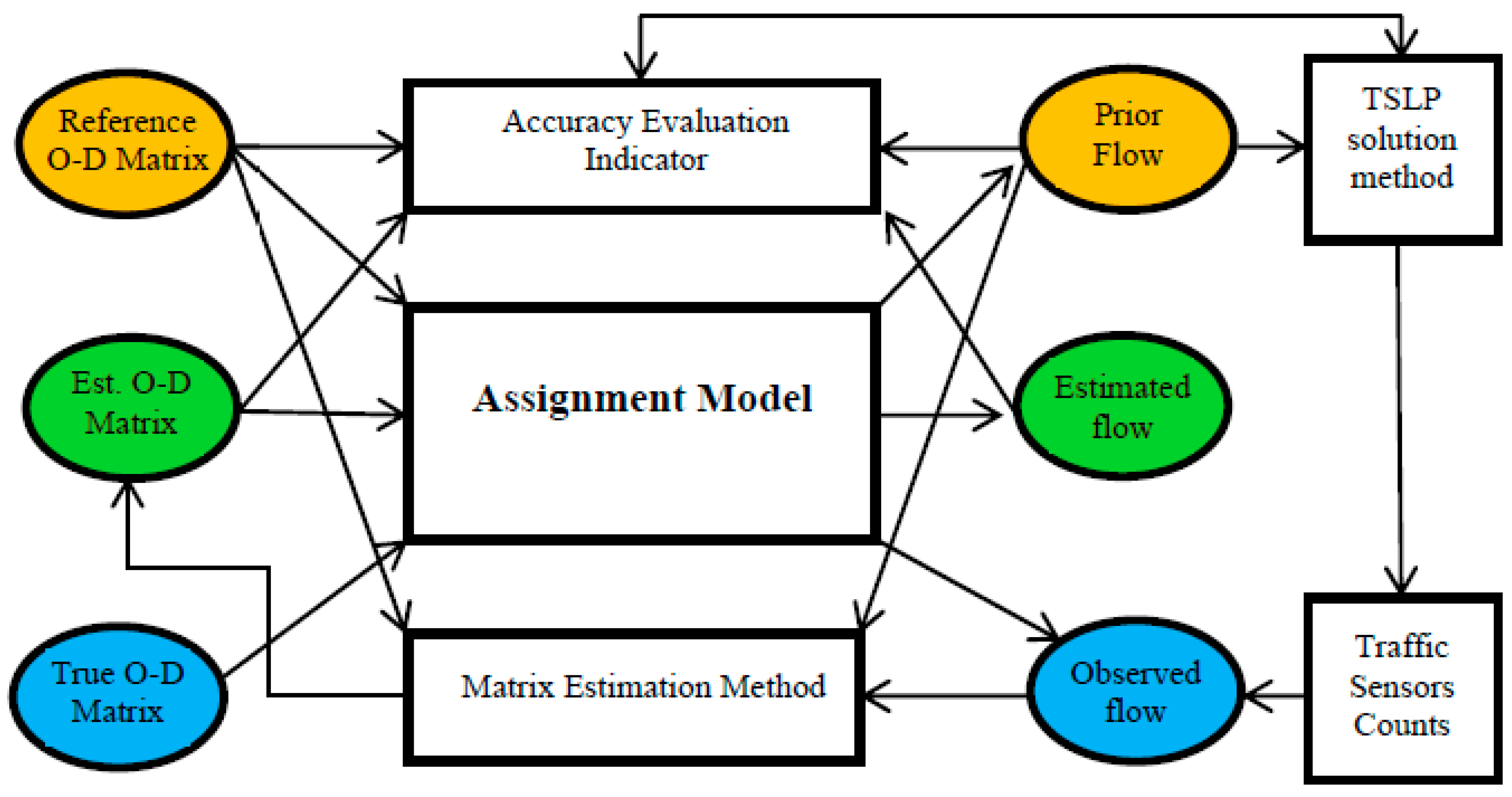
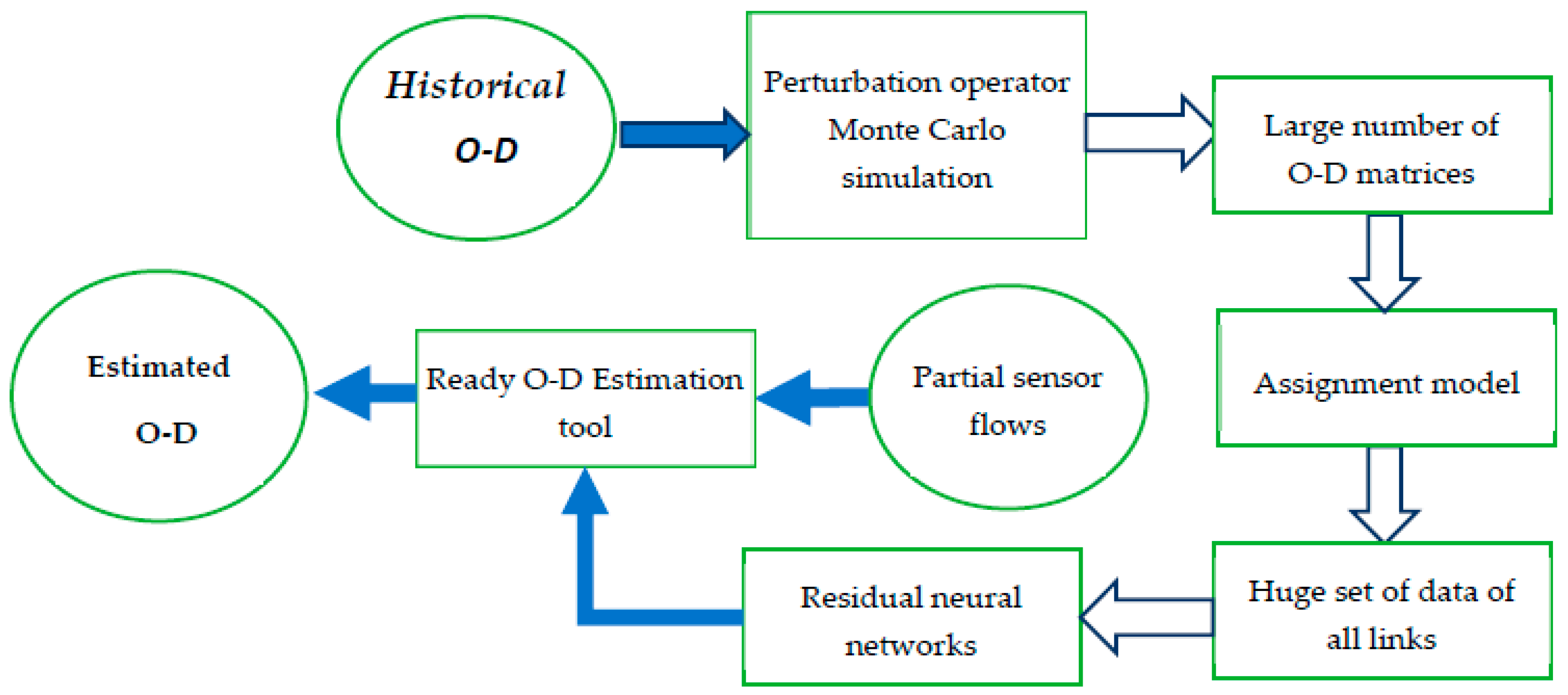

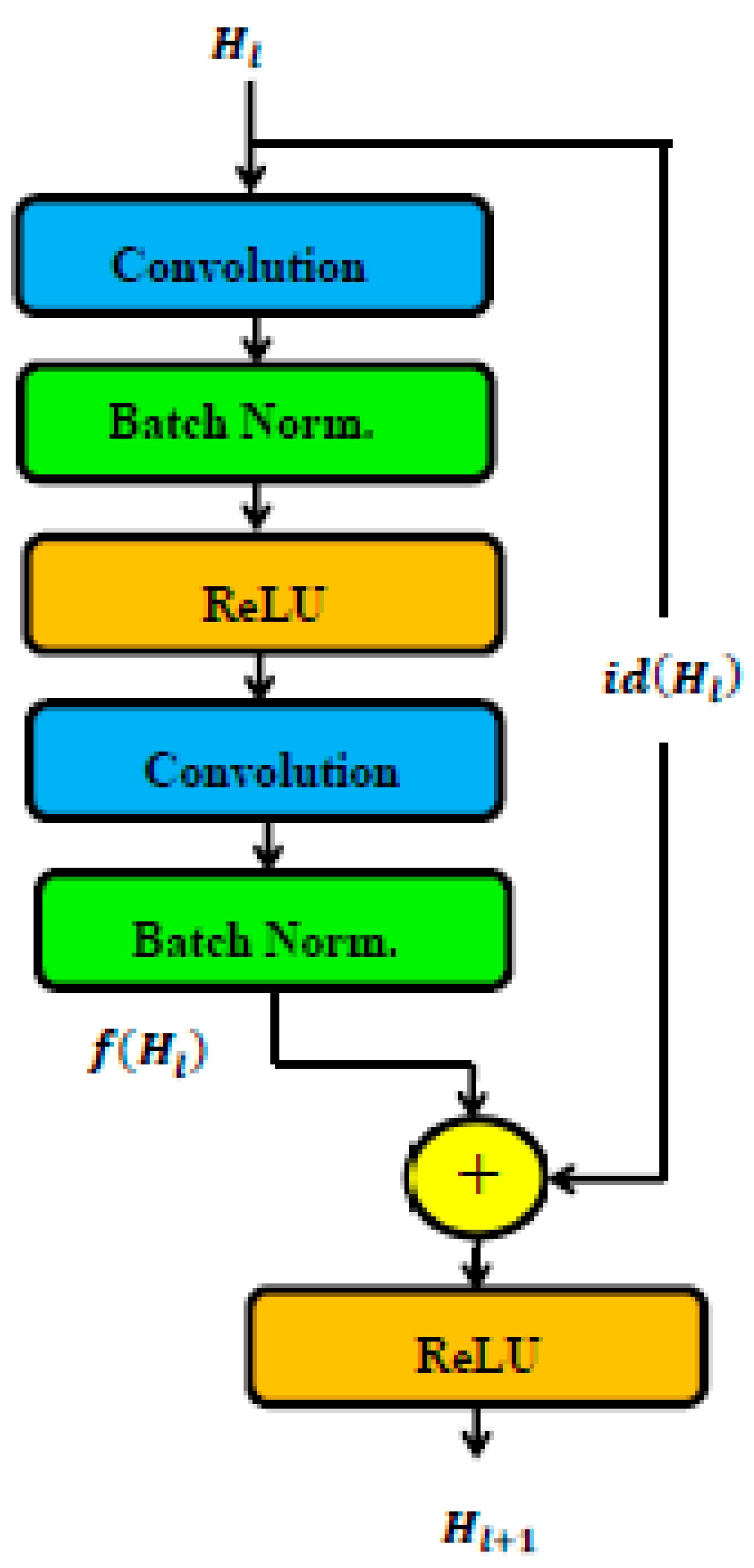

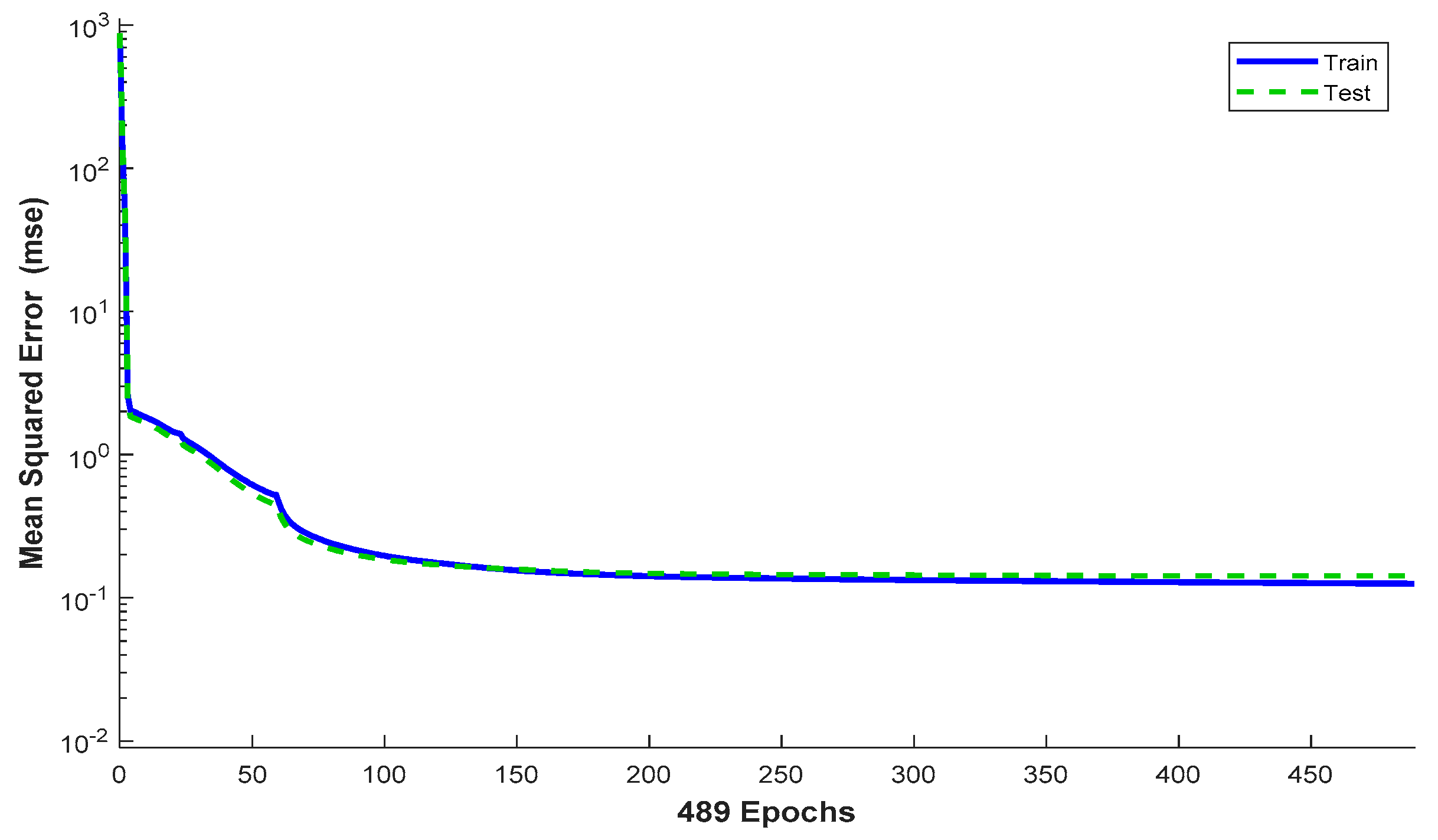
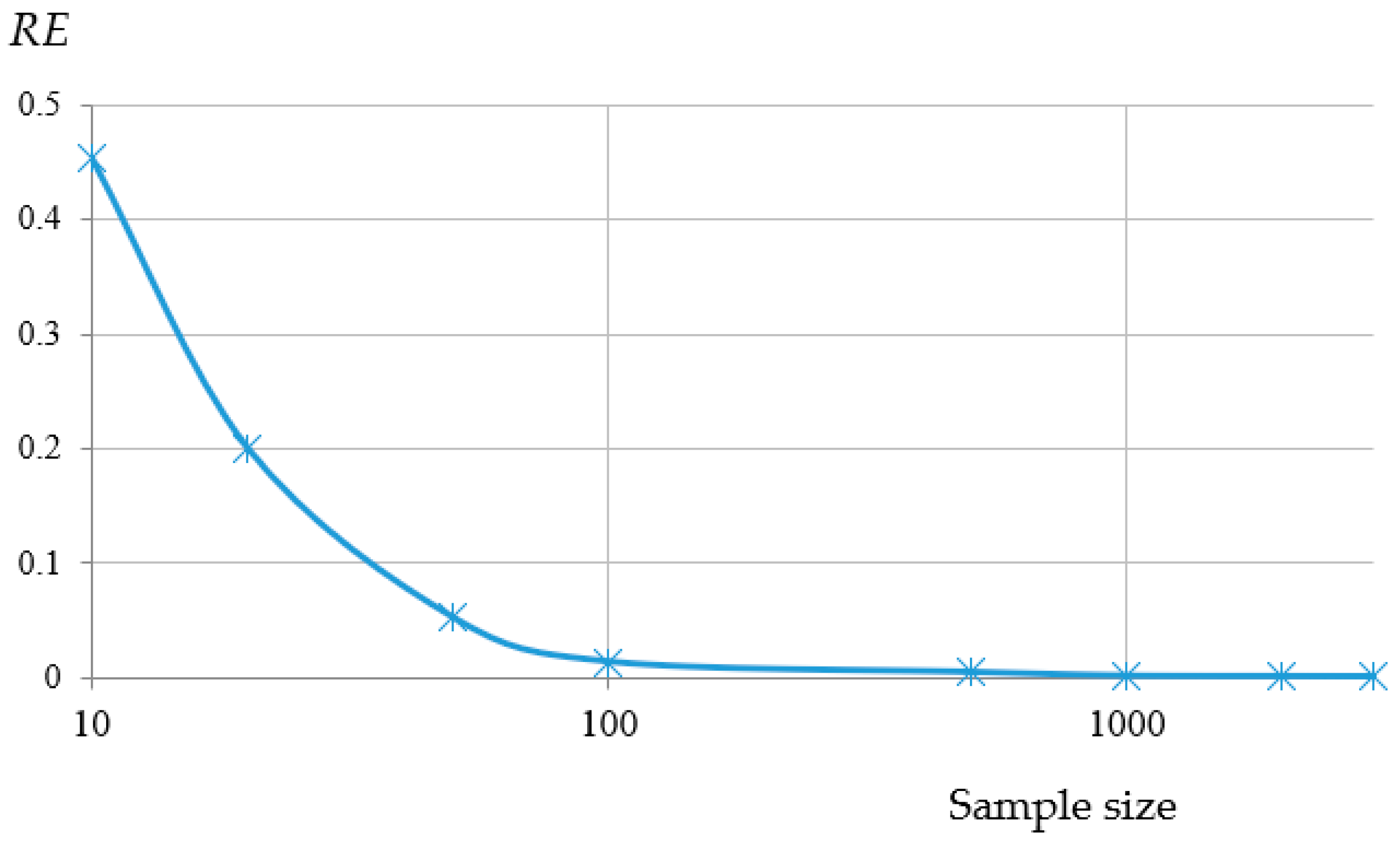

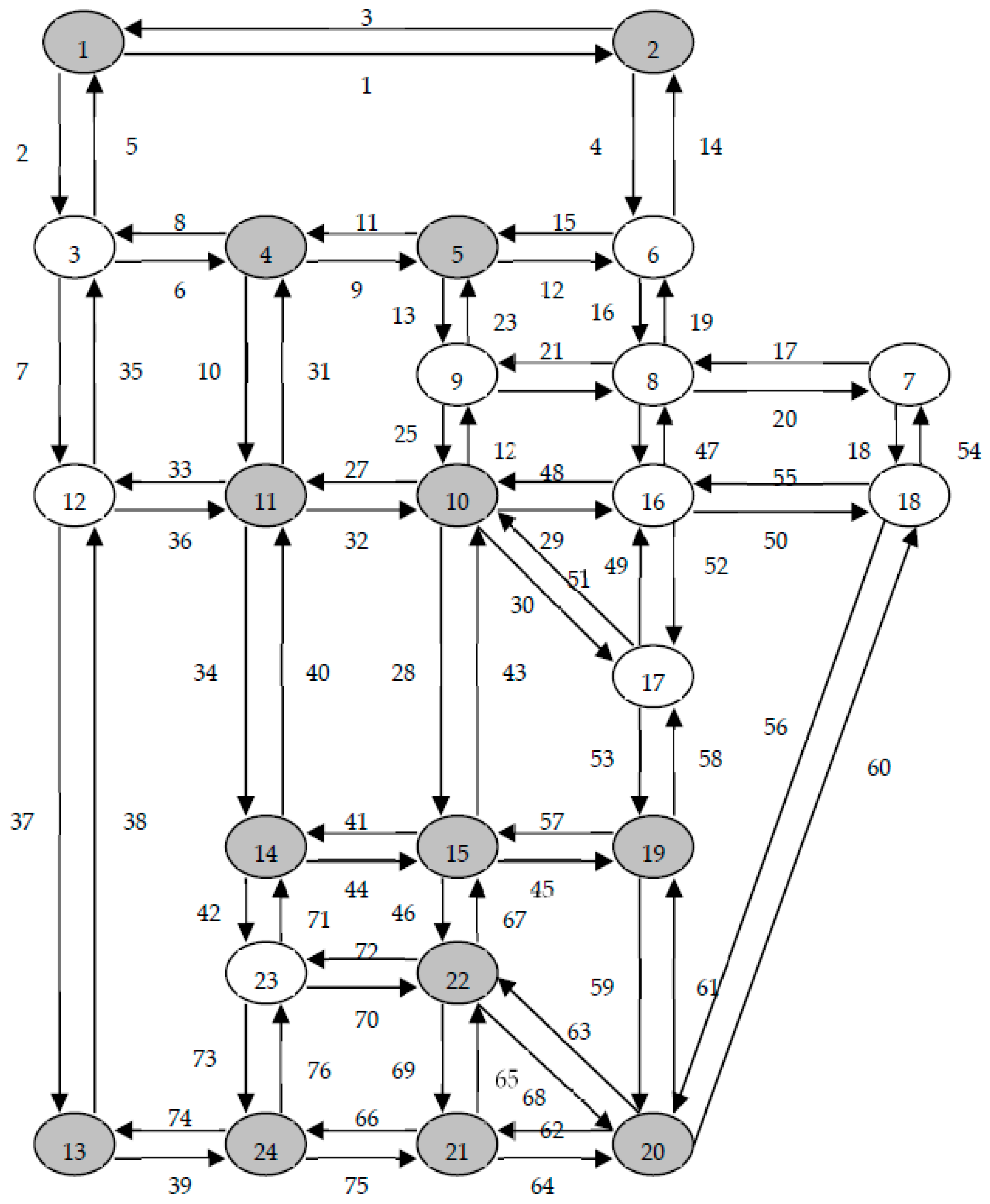

| Assumption | Model Choice Dimensions | This Study | |
|---|---|---|---|
| Congestion effect | All or nothing | Multipath | Multipath |
| Equilibrium type | Deterministic | Stochastic | Stochastic |
| Capacity constraint | Mild | Strict | Mild |
| Solution algorithm | Link-based | Path-based | Link-based |
| Study | Year | Number of Sensors | TSLP Method | ODE Method | Sensors’ Uncertainty Consideration | Best Reported Accuracy |
|---|---|---|---|---|---|---|
| F. Viti et al. [92] | 2015 | 15 | Greedy heuristic | Generalized least squares | no | 90% |
| Hao Fu, et al. [93] | 2019 | 11 | Firefly algorithm | Maximum possible relative error for mean | no | 88% |
| Owais, et al. [1] | 2019 | 20 | Random priority selection method | Ordinary least square | no | 92% |
| Shi An, et al. [94] | 2020 | 10 | Complex network | Traffic network centrality model | yes | 95% |
| Mostafa Salari, et al. [13] | 2021 | 35 | Genetic algorithm | Maximum possible information loss | yes | Not reported |
| This study | 2023 | 20 | Random priority selection method | DRNNs | no | 99% |
Disclaimer/Publisher’s Note: The statements, opinions and data contained in all publications are solely those of the individual author(s) and contributor(s) and not of MDPI and/or the editor(s). MDPI and/or the editor(s) disclaim responsibility for any injury to people or property resulting from any ideas, methods, instructions or products referred to in the content. |
© 2023 by the authors. Licensee MDPI, Basel, Switzerland. This article is an open access article distributed under the terms and conditions of the Creative Commons Attribution (CC BY) license (https://creativecommons.org/licenses/by/4.0/).
Share and Cite
Alshehri, A.; Owais, M.; Gyani, J.; Aljarbou, M.H.; Alsulamy, S. Residual Neural Networks for Origin–Destination Trip Matrix Estimation from Traffic Sensor Information. Sustainability 2023, 15, 9881. https://doi.org/10.3390/su15139881
Alshehri A, Owais M, Gyani J, Aljarbou MH, Alsulamy S. Residual Neural Networks for Origin–Destination Trip Matrix Estimation from Traffic Sensor Information. Sustainability. 2023; 15(13):9881. https://doi.org/10.3390/su15139881
Chicago/Turabian StyleAlshehri, Abdullah, Mahmoud Owais, Jayadev Gyani, Mishal H. Aljarbou, and Saleh Alsulamy. 2023. "Residual Neural Networks for Origin–Destination Trip Matrix Estimation from Traffic Sensor Information" Sustainability 15, no. 13: 9881. https://doi.org/10.3390/su15139881
APA StyleAlshehri, A., Owais, M., Gyani, J., Aljarbou, M. H., & Alsulamy, S. (2023). Residual Neural Networks for Origin–Destination Trip Matrix Estimation from Traffic Sensor Information. Sustainability, 15(13), 9881. https://doi.org/10.3390/su15139881









